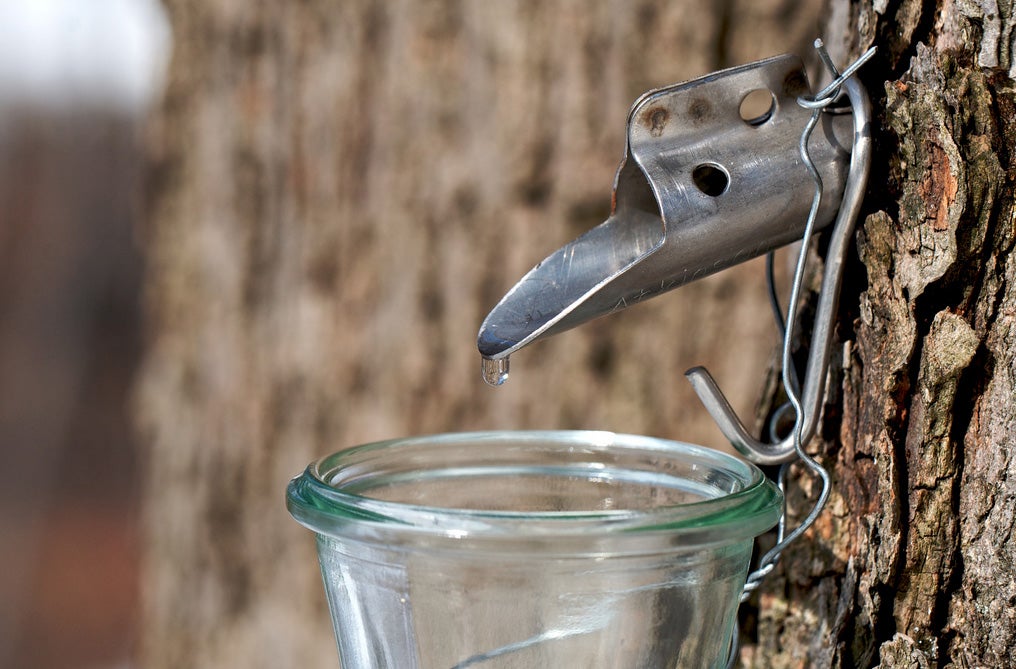Winter damage: Can this plant be saved?
ListenHas this miserable winter done damage to your poor plants? Mike McGrath discusses how to tell if those precious plants are really most sincerely dead—or just pining for the Fiords. Plus: Mike speaks with author Miriam Goldbrger about adding wildflowers to your landscape. And of course your fabulous phone calls!
Questions of the Week:
“Here in the midsouth we have experienced less snow and ice than you folks in PA, but just as frigid temperatures; some in the single digits. I planted garlic cloves in October; as always, about an inch and a half deep. In the past this has worked very well. But this year the tops have died back, leaving just a little bit of green above ground. Are they going to produce, or do I need to plant some more as soon as the ground softens?”
— Charlie in Nashville
“An especially harsh winter storm damaged many trees on our property, and a wild cherry limb completely crushed my well-established blueberry bushes. They were four to five feet tall, have been on the property for over 30 years, still produce well and require little care. Can these bushes be saved? The limb, about 12 inches in diameter, is not completely detached from the tree; but with so many other trees affected, this one is not a priority to remove, especially while we still have so much snow and ice on the ground. We do most of our own tree work. Once we can get the limb off, what is the next step? Do we prune the bushes now to cut out the damaged branches? Do we just wait and see what happens in the spring? Will spring ever come???”
— Jennifer in Malvern, PA
“Does this stretch of zero temps and heavy snow cover mean fewer insect pests this summer?”
— Joe in Hagerstown, MD
What to do for your winter damaged plants »
Highlights from show for March 8, 2014:
The hazards of making your own maple syrup
Caroline in Swedesboro, NJ wants to give a heads up to any DIYer’s who might want to take on making maple syrup by themselves. Caroline has a warning story she heard from her mother who tried boiling sap as a teenager in her home kitchen and ended up steaming the wall paper right off the walls and leaving a sticky, syrupy residue. The lesson here? Don’t try this at home. Mike reminds her that “you start with ten gallons (of sap) to get a quart of what we call true maple syrup.” This explains the steep price tag on this delicious treat.
“You start with ten gallons (of sap) to get a quart of what we call true maple syrup.”
Mike McGrath
-

Maple Spile in Tree. Photo by Flickr user Chiot’s Run
Tips and tricks for improving your planting soil
Joann in Crawfordville, FL, South of Tallahassee, wants to know the truth about rumors that adding rock phosphate or grain sand to a tomato planting hole is a good idea. She has also heard that leaving an aspirin near a plant or molasses could be beneficial as well. Any truth to these tales? Mike had never heard of the aspirin rumor, but Mike guesses correctly that the molasses suggestion came from our good friend Howard Garrett, the Dirt Doctor, in Texas. Mike advises that you do not add phosphates to the planting hole, because it takes a long time for those minerals to be absorbed and build up in the soil. When you add them to the garden about 6 months later that soil is very rich in phosphorous and potassium. When dealing with both rock phosphate and grain sand, a little bit goes a long way, so Mike recommends using a cup of each over the whole raised bed. Then Joann should cover it with compost to activate the process. Mike explains: “To get them to become bioactive the quickest you want to cover the with more soil.”
Special guest Miriam Goldberger
Mike speaks with Miriam Goldberger, author of Taming Wildflowers: Bringing the Beauty and Splendor of Nature’s Blooms into Your Own Backyard. Miriam has become an ardent supporter of using wildflowers in the landscape and touts their beauty and ease. Miriam also owns Wildflower Farm in Ontario where you can pick your own wildflowers, but also order seed mixes that can be customized to your growing zone.
WHYY is your source for fact-based, in-depth journalism and information. As a nonprofit organization, we rely on financial support from readers like you. Please give today.



